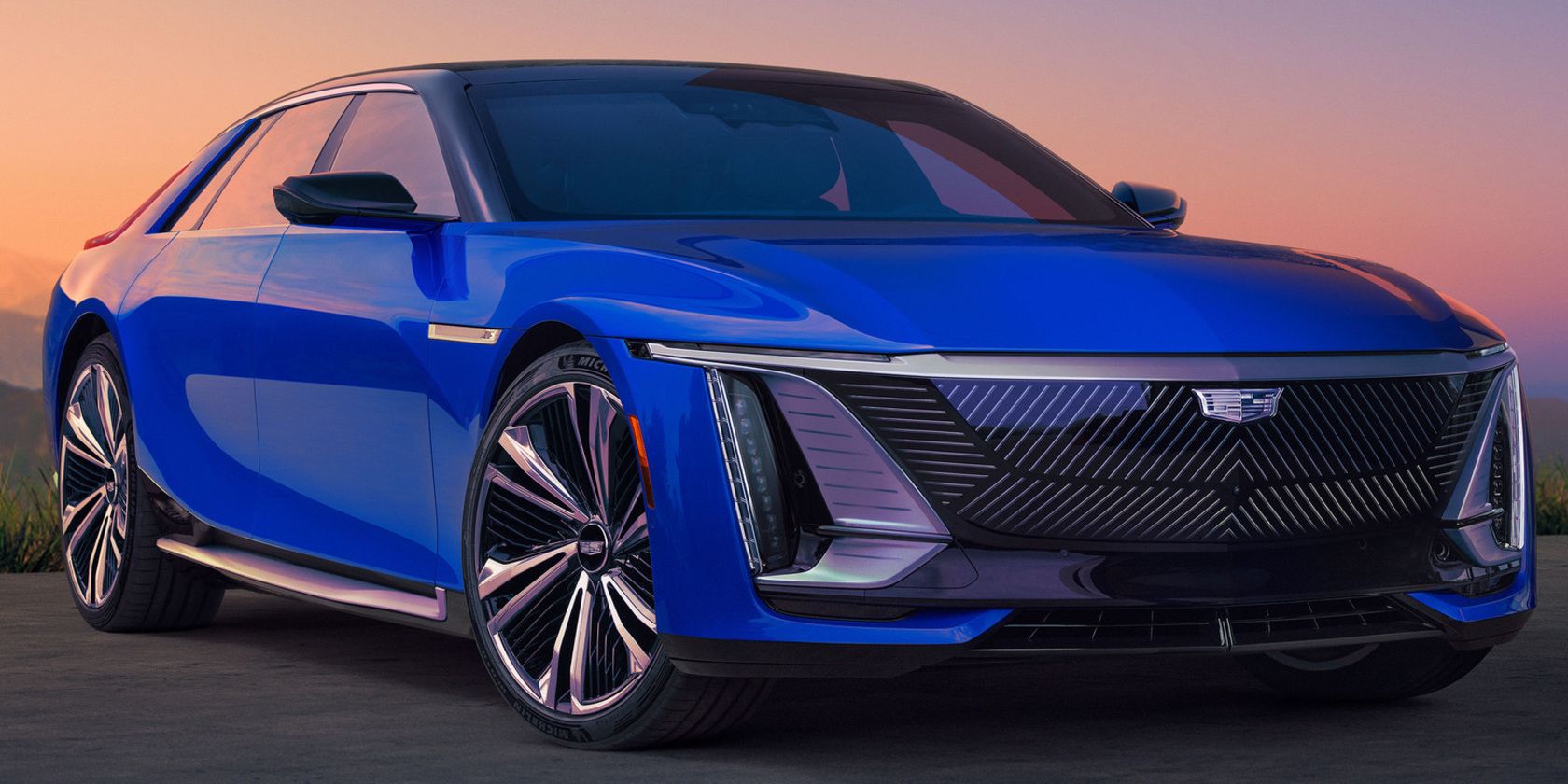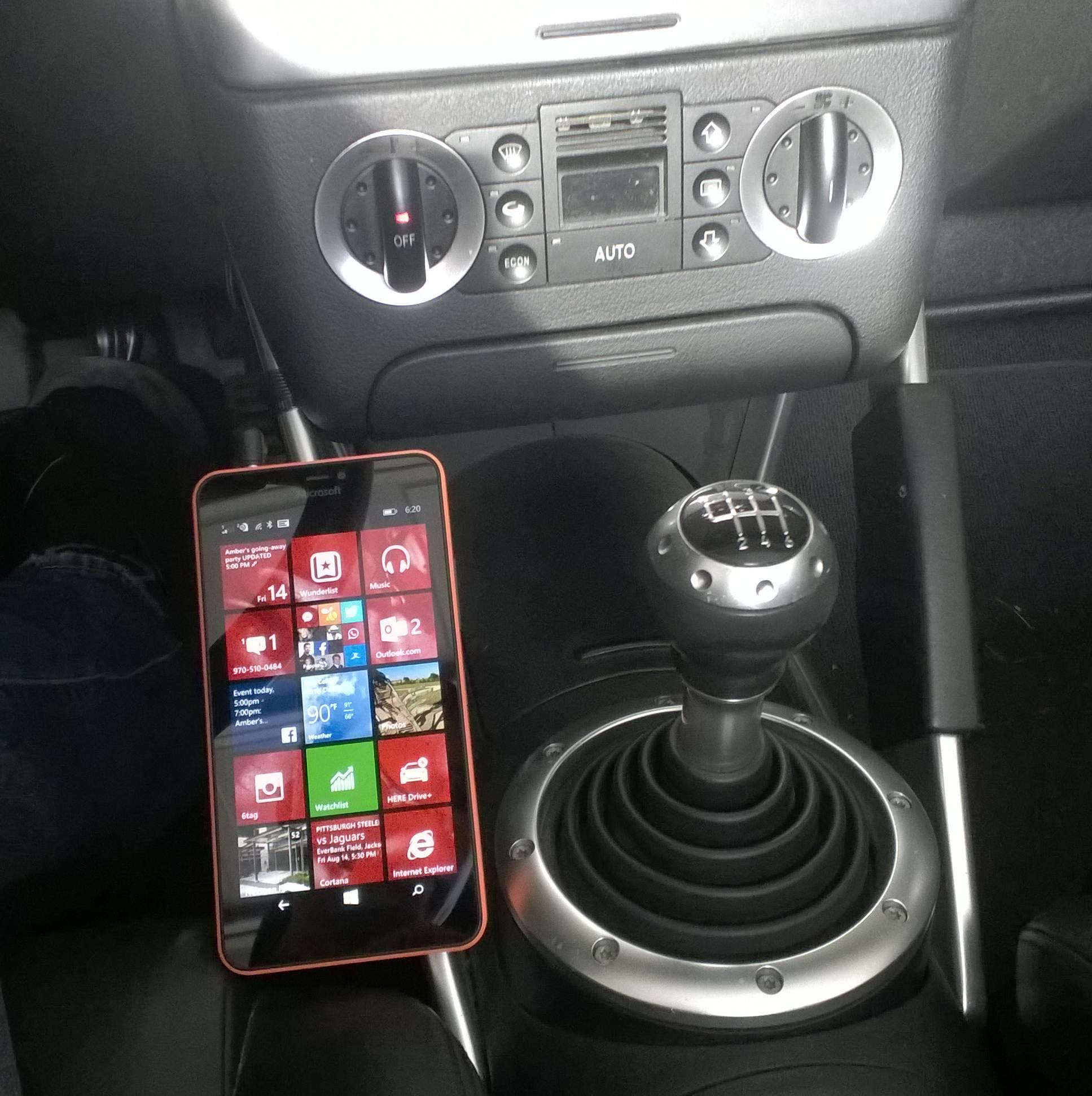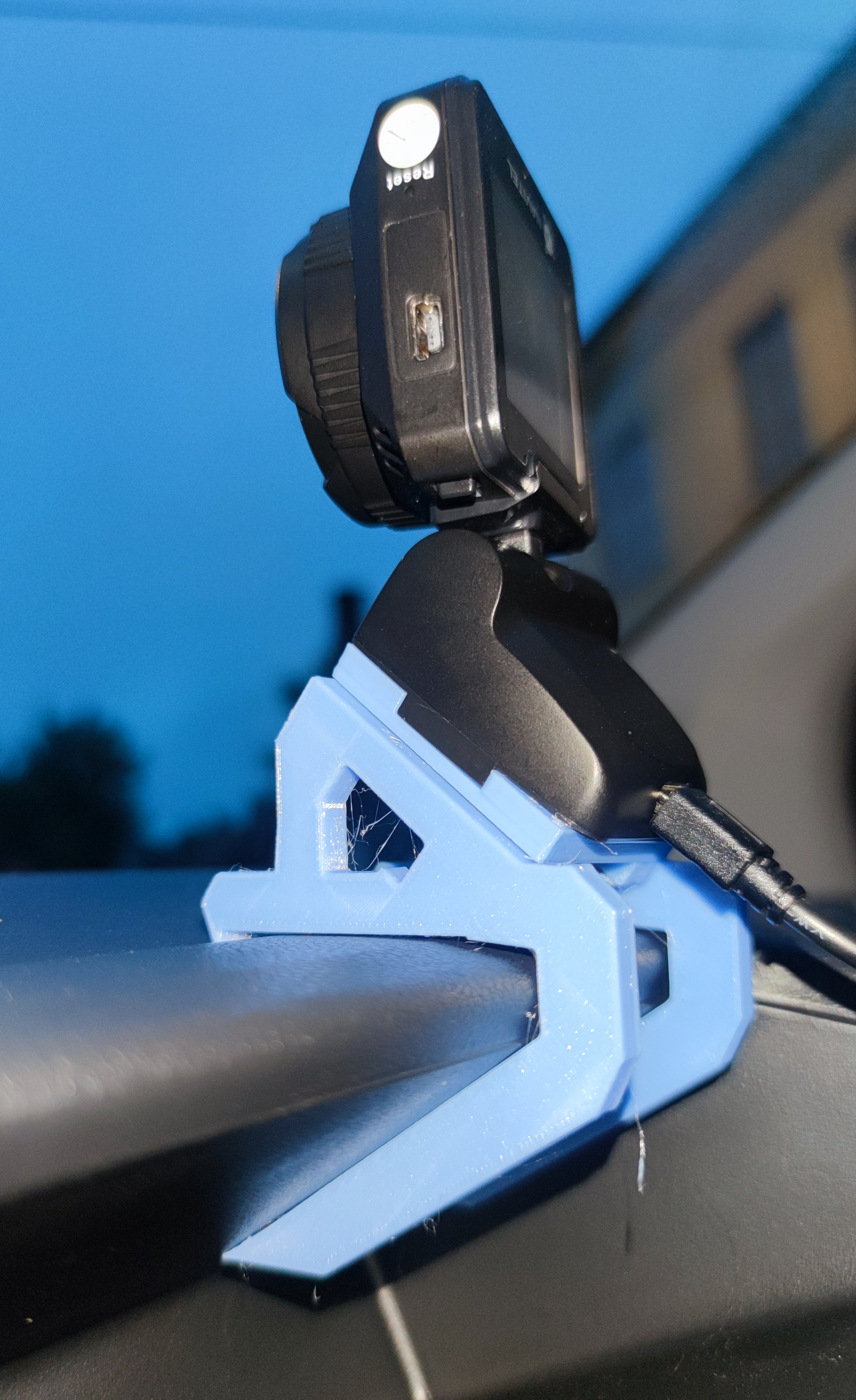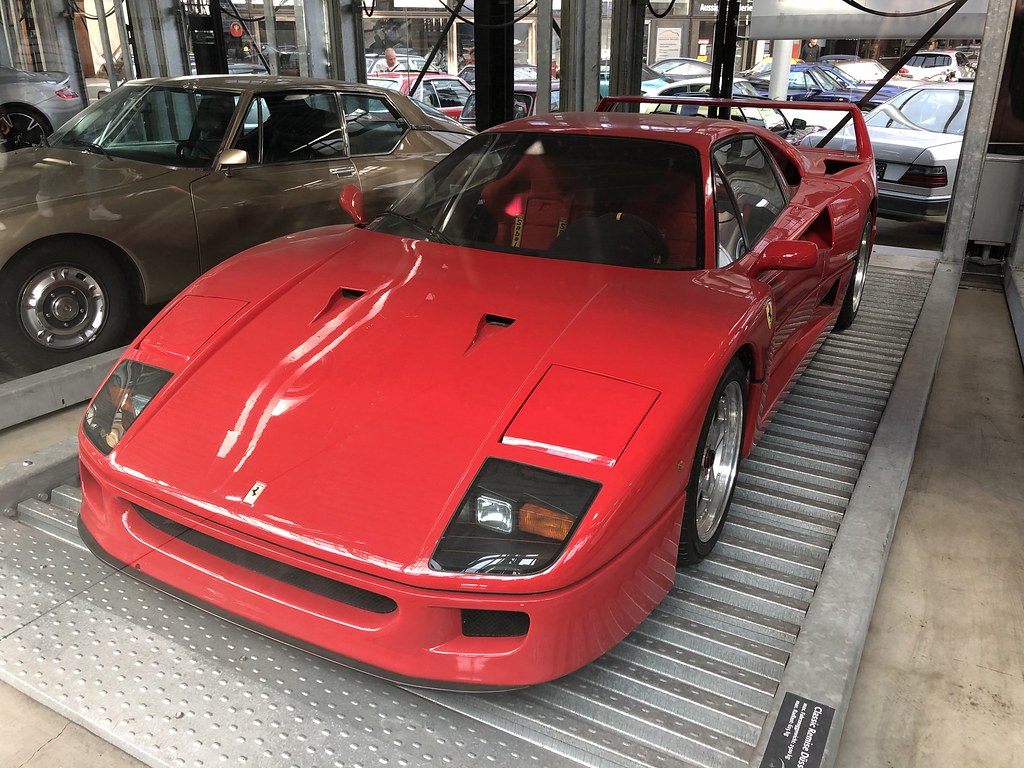
In an era where technology swiftly redefines our daily lives, our vehicles often feel like the final frontier for digital transformation. Many car owners, however, face the dilemma of wanting advanced features without the hefty price tag of a brand-new model. The exciting news is that you absolutely don’t need to break the bank to infuse your existing ride with modern conveniences and smart tech, bringing it up to speed with today’s connectivity standards.
Upgrading your car’s infotainment system, whether through ingenious DIY solutions or by making strategic budget-friendly choices, can profoundly improve your overall driving experience. Imagine clearer navigation, seamless hands-free communication, or robust support for cutting-edge smartphone integration like Android Auto or Apple CarPlay. A thoughtful and well-planned upgrade has the power to transform your car’s dashboard into a sophisticated, smart command center, enhancing both convenience and safety.
This comprehensive guide is meticulously designed to empower you with actionable insights and practical solutions, demonstrating unequivocally how smart tech choices can be both highly practical and incredibly affordable. We’ve diligently compiled expert recommendations and savvy tips to help you revamp your vehicle’s technology from the ground up, starting with the most cost-effective upgrades that promise maximum impact for minimal investment. Prepare to discover how you can significantly enhance your car’s connectivity, safety features, and entertainment options, all without spending a fortune, ensuring every journey is more enjoyable and efficient.

1. **Invest in a Smartphone Mount**One of the most foundational and remarkably cost-effective ways to immediately upgrade your car’s infotainment experience is by leveraging the device already in your pocket: your smartphone. Forget about splurging on an expensive, integrated in-car entertainment system. Instead, a high-quality smartphone mount can be your first step towards modernizing your vehicle’s tech capabilities, proving that smart choices are often the simplest.
This savvy tip, advocated by experts like Aseem Jha, Founder of Legal Consulting Pro, centers on practicality. Jha highlights that rather than investing in costly built-in systems, a sturdy mount allows you to position your smartphone precisely where it’s most visible and easily accessible. This simple yet effective setup ensures that your most powerful gadget is always at your fingertips, safely within your line of sight for quick glances.
With your smartphone securely mounted, you unlock a world of functionalities directly from your existing device. You can utilize your phone’s built-in navigation and music applications, transforming your car into a connected hub without any additional hardware. Apps like Google Maps provide real-time GPS with traffic updates, while Spotify offers endless music streaming, podcasts, and audio content, all managed through your familiar phone interface.
This approach truly epitomizes how smart tech choices can be both practical and affordable. It’s a simple upgrade that enhances your driving experience significantly without breaking the bank. By prioritizing accessibility and utility, a quality smartphone mount offers an instant boost to navigation, communication, and entertainment, proving that sometimes, the best upgrade is one you already own.
Read more about: Beyond Self-Parking: Unveiling 12 Transformative Futuristic Car Features That Will Revolutionize City Driving
2. **Find Discounted Tech Accessories**Scouring the market for discounted or gently-used tech accessories presents another excellent pathway to upgrading your car’s technology without overspending. This strategy is all about smart shopping and maximizing value, allowing you to access modern advancements at a fraction of their original cost. It’s a testament to the fact that high-quality tech doesn’t always have to come with a premium price tag.
As Jeffrey Pitrak, Marketing Account Manager at Transient Specialists, discovered, finding a refurbished GPS navigation system can offer the exact same features as a new one but at a significantly reduced price. This savvy consumer approach allowed him to enjoy contemporary tech enhancements without straining his budget. The key lies in understanding where to look and what to look for when seeking these valuable deals.
Opting for high-quality refurbished products, from navigation units to other infotainment peripherals, can dramatically cut down expenses. These items often undergo rigorous testing and certification processes, ensuring they perform just as well as their brand-new counterparts. It’s an intelligent way to gain access to the latest technology and functionality, such as improved navigation or better entertainment features, without compromising on performance.
To successfully implement this budget-conscious strategy, Pitrak strongly recommends exploring trusted online marketplaces, such as reputable electronics retailers’ refurbished sections, and clearance sales. These avenues frequently offer significant savings on everything from head units to specialized adapters, making it a practical and effective way to enhance your car’s tech affordably and sustainably.
Read more about: Ready to Ride? 14 Epic Used Mountain Bike Deals and Smart Buys Just Waiting for You!

3. **Install an Aftermarket Stereo**For those looking to significantly elevate their car’s audio experience and connectivity, installing a do-it-yourself aftermarket stereo system is a compelling option. This upgrade offers a robust way to modernize your vehicle’s entertainment system, bringing a suite of new features that are often absent in older factory setups. It’s a transformative step towards a more enjoyable and connected driving environment.
Many aftermarket systems are thoughtfully designed with user-friendly instructions, making the installation process surprisingly accessible for the average car enthusiast. These units are often engineered to connect seamlessly to your car’s existing wiring, minimizing the complexity usually associated with electrical upgrades. This DIY approach not only saves on labor costs but also offers a rewarding sense of accomplishment.
The allure of an aftermarket stereo lies in the advanced functionalities it introduces. You can gain access to crucial modern features like Bluetooth connectivity, which enables hands-free calls and wireless music streaming directly from your smartphone. Furthermore, many systems now boast smartphone integration capabilities, supporting platforms like Android Auto or Apple CarPlay, effectively turning your dashboard into a smart command center.
Beyond the enhanced features, the financial benefit is substantial. The cost of an aftermarket stereo system, particularly when installed yourself, is typically far lower compared to professional installations or the often-exorbitant factory upgrades offered by dealerships. This makes it an incredibly cost-effective method to infuse your car with cutting-edge entertainment and communication technologies, delivering a superior audio experience without a premium price tag.
To get started, it’s highly recommended to research compatible aftermarket stereo systems specifically designed for your car model. Investing a little time upfront to ensure compatibility and understand the installation steps will pave the way for a smooth upgrade and a vastly improved in-car audio landscape.
Read more about: Riding That Eight-Year-Old Motorcycle? Here’s What Fellow Bikers *Secretly* Think About You (and Why It Matters).

4. **Use OBD-II Diagnostic Tools**Understanding your car’s health doesn’t have to be a costly endeavor reserved only for mechanics. Utilizing plug-and-play OBD-II diagnostic tools is an incredibly intelligent and budget-friendly method to gain real-time insights into your vehicle’s performance and potential issues. This small device acts as a digital health monitor, empowering you with crucial information right at your fingertips.
These powerful yet straightforward tools easily plug directly into your car’s On-Board Diagnostics (OBD-II) port, a standard feature in most modern vehicles. Once connected, the diagnostic information can be viewed conveniently through a dedicated app on your smartphone or via a specialized screen that comes with certain kits. This seamless integration makes complex car diagnostics accessible to everyone, regardless of technical expertise.
The primary advantage of employing an OBD-II diagnostic tool is its ability to help you preemptively address potential mechanical issues before they escalate into expensive problems. By monitoring various parameters and reading error codes, you can identify minor glitches early on. This proactive maintenance approach can save you significant time, stress, and repair costs down the line, ensuring your car remains reliable and efficient.
Beyond problem diagnosis, these tools also excel at monitoring your vehicle’s performance in real-time. You can track everything from engine RPMs and coolant temperature to fuel efficiency and sensor readings, providing a comprehensive overview of how your car is operating. This continuous feedback helps you optimize your driving habits and ensure your car runs at its peak.
Investing in a plug-and-play OBD-II diagnostic tool is a smart, cost-effective decision for any car owner keen on proactive maintenance and a deeper understanding of their vehicle. It’s an efficient method to keep your car well-maintained, potentially extending its lifespan and keeping more money in your wallet by avoiding unforeseen major repairs.
Having explored some of the immediate and impactful ways to upgrade your car’s infotainment system on a budget, we now delve into the remaining crucial, yet affordable, enhancements. These next three tips not only boost functionality but also significantly improve your driving comfort and safety, completing our curated list of cost-effective upgrades. Following these practical solutions, we’ll take a broader look at everything from understanding the deeper reasons behind an infotainment upgrade to navigating installation, compatibility, and future-proofing your investment.
Read more about: Steering Clear of Costly Car Button Blunders: Essential DIY & Key Fob Mistakes That Could Drain Your Wallet

5. **Install a Universal Remote Start**Universal remote start kits stand out as an affordable luxury that car owners can readily implement in their vehicles. Imagine the convenience of starting your car from the comfort of your home, allowing it to warm up on cold days or cool down when it’s scorching hot outside. This simple addition transforms your daily commute, making it more comfortable before you even step inside the vehicle.
These kits are typically designed with broad compatibility, fitting a vast range of vehicle models, which makes them a versatile upgrade option. Furthermore, many universal remote start systems can often be installed with minimal technical knowledge, empowering DIY enthusiasts to tackle the project themselves without the need for professional assistance, thus saving on labor costs.
Ultimately, installing a universal remote start kit adds a significant level of convenience and comfort to your driving experience, all without necessitating an expensive smart key system or complex factory integration. It’s a straightforward way to elevate your vehicle’s features, bringing a touch of modern luxury within reach of a budget-conscious upgrade strategy.
Read more about: For Snow Belt Residents: A Deep Dive into the 10 Worst Winter-Ready Vehicles on the Market Today

6. **Add Blind-Spot Mirror Attachments**Enhancing driving safety doesn’t always require high-tech sensors or costly factory options; sometimes, the most effective solutions are surprisingly simple and affordable. Adding blind-spot mirror attachments is a prime example, capable of greatly improving your situational awareness by expanding your field of view around the vehicle.
These small, yet powerful, mirrors are designed to attach directly to your vehicle’s existing side mirrors, strategically positioned to reveal any vehicles hidden in your notorious blind spots. This simple addition can be absolutely vital in preventing accidents, particularly during critical maneuvers like changing lanes on the highway or merging into fast-moving traffic, where a momentary lapse in vision can have serious consequences.
Beyond their life-saving potential, these mirror attachments are incredibly easy to install, often requiring nothing more than a simple peel-and-stick application. They are also adjustable, allowing you to fine-tune the optimal viewing angles for your specific driving position. Investing in these affordable blind-spot mirror attachments is a quick, practical, and highly effective way to enhance your vehicle’s safety today.
Read more about: Buyer Beware: 10 Flashy Coupes and Sedans That Turn into Bottomless Money Pits Past 80,000 Miles

7. **Incorporate a Budget Dashcam**For an extra layer of security and invaluable peace of mind while driving, incorporating a budget dashcam into your vehicle is an exceptionally smart move. These devices continuously record footage of your journeys, acting as an impartial witness to everything that happens on the road. This constant surveillance can be incredibly reassuring, especially in unpredictable traffic conditions.
Beyond providing a general sense of security, a dashcam can be instrumental in the unfortunate event of an accident or unexpected incident. The recorded footage serves as crucial, undeniable evidence for insurance claims, helping to clarify liability and protect you from fraudulent claims. Many budget-friendly options don’t skimp on essential features, offering high-definition recording and even night vision capabilities to ensure clear visuals in various conditions.
Dashcams are renowned for being straightforward to install and operate, often involving a simple suction mount to your windshield and a power connection to your car’s accessory outlet. This ease of use, combined with their significant protective benefits, makes them an essential and highly accessible upgrade. Protect yourself and your vehicle by investing in a reliable budget dashcam, transforming it into your silent co-pilot.
With these seven budget-friendly upgrades now thoroughly detailed, you’ve gained practical insights into modernizing your vehicle’s tech without draining your wallet. However, the journey of optimizing your car’s infotainment system is broader than just individual accessories. To truly harness the power of a revamped in-car experience, it’s essential to understand the comprehensive landscape of choices, challenges, and future-proofing strategies. Let’s delve deeper into what an infotainment upgrade truly entails and how to make the most informed decisions for long-term satisfaction.
### Why Upgrade Your Infotainment System?
Many car owners contemplate upgrading their vehicle’s infotainment system, and for compelling reasons. Modern technology evolves at an astonishing pace, and an upgraded system brings numerous benefits, from enhanced features to improved connectivity, each designed to significantly improve your overall driving experience.
Older infotainment systems often lack the sophisticated modern features that drivers have come to expect. Newer systems, by contrast, offer advanced navigation tools, responsive voice control, and intuitive touchscreens. These advancements make driving easier, more intuitive, and inherently safer, allowing you to focus more intently on the road ahead while still accessing critical information and entertainment.
Connectivity is undeniably crucial in today’s interconnected world. Older systems may struggle with or entirely lack support for contemporary smartphones, whereas new systems offer seamless integration. Features like Bluetooth, Apple CarPlay, and Android Auto are now standard, enabling effortless and safe access to your phone for calls, texts, music streaming, and podcasts directly through your car’s interface.
Ultimately, an upgrade leads to a dramatically better user experience. Modern systems are celebrated for their user-friendly interfaces, intuitive navigation, and sleek, responsive designs. This reduction in frustration and enhancement in overall usability ensures that your time on the road becomes more enjoyable, transforming every journey into a more pleasant and connected experience.
### Types of Infotainment Systems
When considering an upgrade or change to your car’s infotainment system, understanding the various types available is paramount. Infotainment systems have evolved significantly, offering a spectrum of features from basic audio playback to advanced navigation and sophisticated connectivity options. Your ultimate choice will depend heavily on your specific needs, personal preferences, and, of course, your budget.
One fundamental distinction lies between **Factory Vs. Aftermarket** systems. Factory infotainment systems are those pre-installed by the car manufacturer. They are meticulously designed to fit seamlessly into your car’s dashboard, often tailored to your specific vehicle model, and typically come with a warranty, having been rigorously tested for compatibility and safety with your vehicle’s integral systems.
Aftermarket systems, conversely, are purchased separately and installed post-manufacture. They typically offer a greater degree of customization and can include features not readily available in factory models, providing more flexibility for personalized enhancements. However, it’s crucial to note that they may not integrate as smoothly with your car’s existing electronics and could, in some cases, potentially void a portion of your vehicle’s warranty, a factor worth researching thoroughly.
Another key choice is between **Touchscreen Vs. Non-touchscreen** systems. Touchscreen infotainment systems epitomize modern design: sleek, visually appealing, and inherently user-friendly, allowing you to navigate menus and settings with the intuitive ease of a smartphone or tablet. These systems frequently include advanced gestures like pinch-to-zoom for maps and swiping for music playlists, enhancing interactivity.
While non-touchscreen systems might seem less contemporary, they possess distinct advantages. They are often lauded for their reliability and can be less distracting, as they rely on physical buttons and knobs for control. This provides tactile feedback that many drivers prefer, allowing for adjustments without diverting attention from the road. Your driving habits and preference for digital vs. tactile interaction should guide this decision, ensuring the system truly complements your style.
### Compatibility Considerations
Thinking about changing your car’s infotainment system necessitates a deep dive into compatibility. Not every system will seamlessly integrate into every vehicle, and understanding these crucial considerations can save you both significant time and money. It’s a vital step to ensure your chosen upgrade functions perfectly with your existing setup.
First, consider your **Vehicle Model And Year**. Different vehicle models vary dramatically in design and underlying technology. Older models, in particular, might not inherently support the advanced functionalities of modern systems. It’s imperative to meticulously check the specifications of your car, ensuring the new system physically fits your vehicle’s dashboard and that its electrical connections match precisely. Compatibility can vary widely even among different manufacturing years of the same model.
Next, you must account for **Hardware And Software Constraints**. The physical hardware plays a pivotal role in compatibility; your car’s existing wiring and connectors must align with those of the new system. Some advanced systems might also require specific ports and mounting brackets for proper installation. Equally important is software compatibility. New infotainment systems often depend on updated software, so you must ensure your car’s onboard computer can support these updates. Verify that the new system will work harmoniously with your car’s existing features, such as navigation, Bluetooth, and steering wheel controls, to avoid losing functionality.
### Choosing The Right System
Selecting the perfect infotainment system for your car can initially feel like navigating a complex maze given the myriad options available. However, when approached systematically, choosing the right system boils down to clearly understanding your personal needs and preferences, alongside a realistic assessment of your budget. This methodical approach ensures you make a choice that you’ll be genuinely satisfied with for years to come.
Begin by **Assessing Needs And Preferences**. What do you truly want from your car’s infotainment system? Do you crave seamless smartphone integration, or is a superior, immersive sound system your top priority? Perhaps you desire both. Think about your daily driving habits and how specific features could enhance that experience. For instance, if you frequently embark on long road trips, a system with robust, real-time navigation will be essential. Drawing inspiration from systems you’ve enjoyed in rental cars or friends’ vehicles can also provide valuable insights into what features resonate with you.
Once your desired functionalities are clear, it’s time to address **Budget Considerations**. How much are you realistically willing to invest in upgrading your car’s infotainment system? While the allure of the fanciest, most feature-rich system is strong, it’s crucial to ensure your choice aligns with your financial limits. A higher price tag does not invariably equate to superior quality or a better fit for your specific requirements. Diligently research and compare various systems that meet your identified needs, and crucially, remember to factor in potential installation costs. Often, a well-researched mid-range system can deliver all the essential functionalities and enhance your driving experience without the hefty premium price tag.
### DIY Installation: A Step-by-Step Guide
Upgrading your car’s infotainment system at home is a rewarding project that can significantly breathe new life into your driving experience. Whether you’re seeking the latest tech or simply a more user-friendly interface, taking on the installation yourself is an exciting venture. While it requires patience and a keen eye for detail, understanding the step-by-step process is crucial for a smooth and successful outcome.
Read more about: Navigating the Automotive Minefield: Essential Car Accessories That Actually Save Lives (and the Gimmicks to Avoid)




